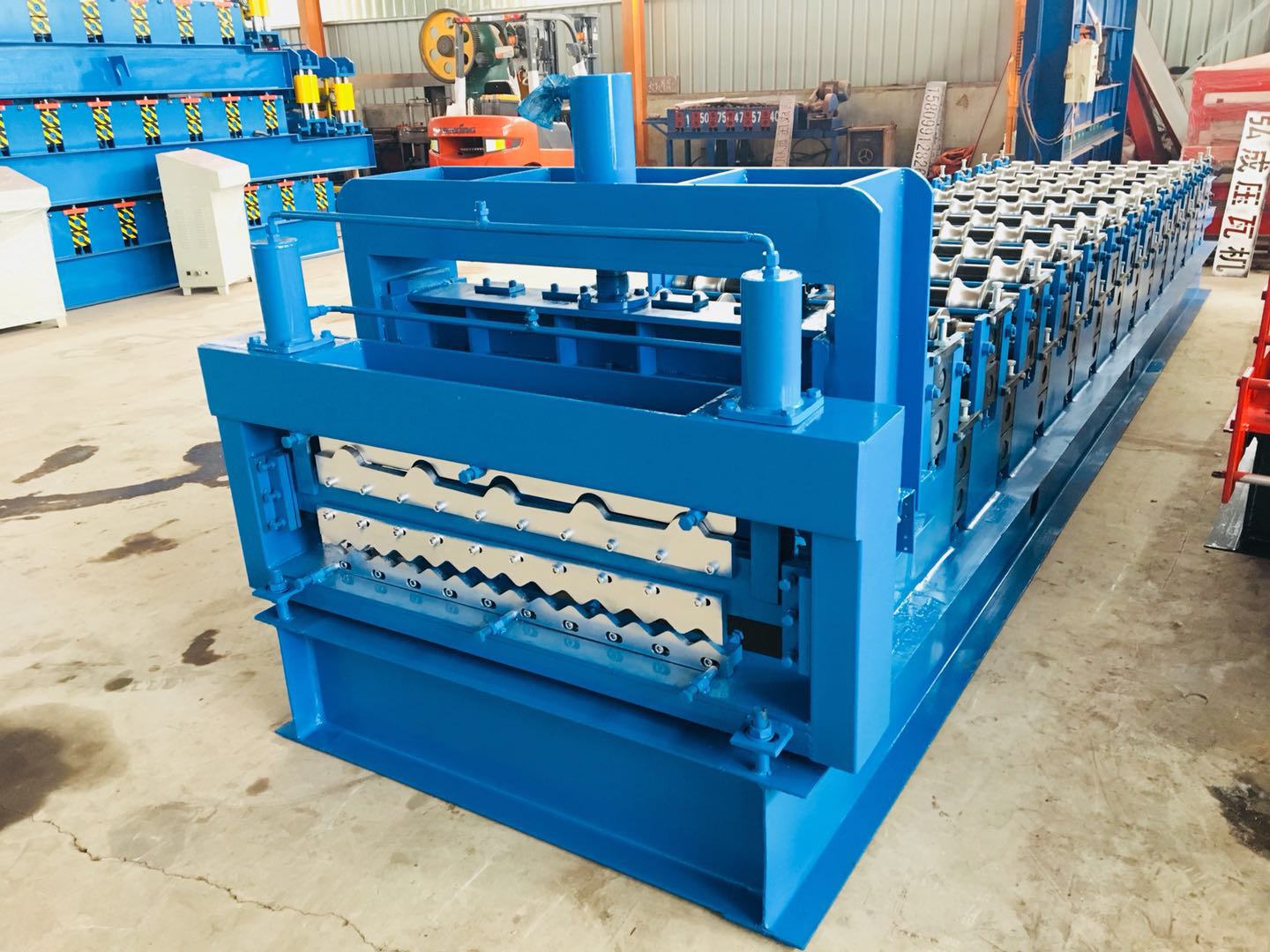In order to use iron ore sorting method efficient magnetic separation can be treated or weak magnetic iron ore Manganese ore roasting process by magnetizing the magnetic iron minerals where converted to weakly ferromagnetic iron minerals, can be obtained by magnetic separation and then the Higher mineral processing indicators. Since the roasting magnetic separation method from magnetization roasting as a preparatory operation before magnetic separation has no special requirements on water quality and water temperature, concentrate concentrate is easy to be concentrated and dehydrated, and concentrate has high sintering strength, the method is still applied in iron ore beneficiation in China. However, the capital investment and operating expenses of the roasting magnetic separation method are both high.
Magnetization roasting is a process in which a physicochemical reaction is carried out in a corresponding atmosphere after the ore is heated to a certain temperature. After magnetization roasting, the magnetic properties of iron minerals are significantly enhanced, and the magnetic properties of gangue minerals are not changed much. After the iron-manganese ore is magnetized and calcined, the iron mineral becomes a ferromagnetic iron mineral, and the magnetic properties of the manganese mineral do not change much. Therefore, various weak magnetic iron ore or iron manganese ore can be effectively magnetically separated after being magnetized and calcined.
Commonly used magnetization roasting methods can be divided into: reduction roasting, neutral calcination, oxidative roasting, redox roasting and reduction oxidative roasting.
(1) Reductive calcination of hematite, limonite and ferromanganese ore after heating to a certain temperature, with the appropriate amount of reducing agent, can convert weak magnetic hematite into ferromagnetic magnetite Fe 3 The commonly used reducing agents for O 4 are C, CO and H 2 . The reaction of hematite (Fe 2 O 3 ) with a reducing agent is as follows:
3Fe 2 O 3 +C→2Fe 3 O 4 +CO
3Fe 2 O 3 +C→2Fe 3 O 4 +CO 2
3Fe 2 O 3 +H 2 →2Fe 3 O 4 +H 2 O
The limonite (2Fe 2 O 3 •3H 2 O) starts to dehydrate after heating to a certain temperature, becomes hematite ore, and is reduced to magnetite according to the above reaction.
The degree of reduction roasting is generally expressed in terms of degree of reduction:

Wherein FeO—reducing the content of FeO in the calcined ore, %;
Fe——-reduction of total iron content in roasting ore, %;
If the hematite is all reduced to magnetite, the degree of reduction is the best and the magnetic is the strongest. At this time, the degree of reduction is R=42.8%.
(2) Neutral roasting
Siderite (FeCO 3), magnesite ore, magnesite and siderite, magnesium carbonate, siderite, iron ore is heated to a certain temperature (300 ~ 400 ℃) in the case of an air impermeable or small amount of air into the rear, It can be decomposed to produce magnetite. Its chemical reaction is as follows:
3FeCO 3 →Fe 3 O 4 +2CO 2 +CO
At the same time, since the iron carbonate mineral decomposes carbon monoxide, the hematite or limonite coexisting in the ore can also be reduced to magnetite, namely:
3Fe 2 O 3 +CO→2Fe 3 O 4 +CO 2
(3) Oxidation roasting
Pyrite (FeS 2 ) is oxidized to pyrrhotite when calcined in an oxidizing atmosphere for a short time. The chemical reaction is as follows:
7FeS 2 +6O 2 →Fe 7 S 8 +6SO 2
If the calcination time is long, the pyrrhotite can continue to react into magnetite.
3Fe 7 S 8 +38O 2 →7Fe 3 O 4 +24SO 2
(4) Redox roasting
Iron ore containing siderite, hematite or limonite. When the ratio of siderite to hematite is less than 1, it is heated to a certain extent in an oxidizing atmosphere, and the siderite can be oxidized to hematite. It is then reduced to magnetite together with the original hematite in the ore in a reducing atmosphere.
(5) reduction oxidation roasting
Magnetite produced by magnetization roasting of various iron ores, when cooled to below 400 ° C in an oxygen-free atmosphere, is then contacted with air to oxidize into ferromagnetic maghemite (γ-Fe 2 O 3 ) The chemical reaction is as follows:
4Fe 3 O 4 +O 2 →6γ-Fe 2 O 3
When magnetite is oxidized into maghemite, heat is released, and if it can be utilized (preheated ore), the heat loss of the roasting can be reduced.
The above five methods are magnetization roasting methods respectively adopted according to different minerals, the most important of which is reduction roasting. There are several other methods that do not have large-scale industrial practices.
Double Layer Roll Forming Machine
The Double Layer Roll Forming Machine is mainly composed of decoiler roll forming part ,stamping part ,hydraulic cutting part , computer control system , receiving table.The equipment adopts the high level automatic control software, the realization of information management system of production in tile press equipment to produce color plate straightening process.
Double Deck Roll Forming Machine can produce several tile,color steel tile press has light weight, high strength, bearing great, good vibration resistance characteristics, are widely used in high-rise steel structure building. Widely used in large and medium-sized enterprises and civil construction, such as workshop, locomotive shed, hangar, stadiums exhibition hall, theater, etc.
The two deck can OEM according to customer`s need.

|
Name |
Double layer roll forming machine |
|
Thickness |
0.3-0.8mm |
|
Cutting type |
Hydraulic type |
|
Shaft type |
Solid |
|
Roller processing |
Quenching,chroming |
|
PLC |
Delta |
|
Computer screen |
Touch screen |
|
Machine frame |
300 H steel |
|
Productivity |
8-10 m/min |
|
Diameter of the roller |
According to type |
|
Total power |
3-5.5kw+3kw |
Double Layer Roll Forming Machine
Double Layer Roll Forming Machine,Double Layer Roll Making Machine,Double Liner Roll Forming Machine,Roofing Double Layer Roll Forming Machine
Cangzhou Feiyang Machiney Manufacturing Co., Ltd. , https://www.coldformingmachines.com